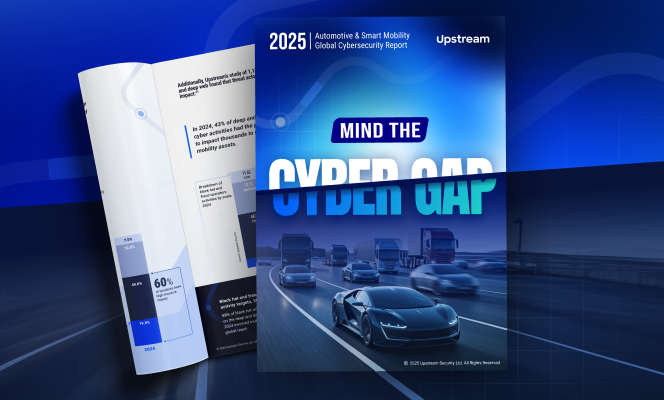

When API Security Fails, Mobility Breaks: Lessons from 2025’s Cyber Incidents
With just over three months left in 2025, one thing is already clear. One of the weakest links in connected mobility is APIs. Oversights that looked minor on paper enabled remote unlocking of cars, interference with charging networks, and exposure of proprietary AI systems. These were not edge cases. They were systemic failures showing how design choices in code ripple into physical safety, infrastructure resilience, and intellectual property.
This trajectory was not unforeseen. Upstream’s 2024 Global Cybersecurity Report highlighted APIs as an emerging weak point, warning of their role in scalable, remote exploitation. Those forecasts proved accurate. The 2025 report shows API incidents now account for 17% of all attacks, ahead of infotainment as an entry point. It also shows that 92% of automotive cyberattacks are remote, and APIs are among the most cost-effective routes for attackers. With more than 60% of incidents impacting thousands to millions of assets, the scale is impossible to ignore.
From Isolated Flaws to Ecosystem Exposure
For years, researchers have warned that vulnerable APIs could become the most scalable attack surface in mobility. What began as isolated flaws in individual systems has expanded into exposures spanning vehicles, apps, charging networks, and even AI platforms. The steady shift from “industry” to “ecosystem” now allows attackers to chain weaknesses across domains for maximum impact.
The incidents of 2025 underline this reality. A connected car dealership portal flaw let attackers impersonate drivers and unlock vehicles. EV charging APIs exposed device management and usage data to outsiders. A European vehicle app vulnerability tied accounts directly to VINs. And in the AI ecosystem, a leaked API key exposed dozens of proprietary models.
Together, these cases show how a misstep in API security can extend far beyond digital inconvenience, enabling attackers to reach directly into vehicles, infrastructure, and corporate IP. Security researchers had already demonstrated in 2024 how poorly protected automotive APIs could be chained together to control fleets. What we see in 2025 is the continuation of that trend at the ecosystem scale.
A Pattern of Repeated Mistakes
The incidents so far share the same thread.
- Authentication bypassed or missing
- Keys exposed or unmanaged
- Endpoints returning more data than they should or were intended to
Each failure turned integration points into attack surfaces.
For technical teams, the lessons are practical. Enforce least privilege, rotate credentials, monitor every call, and validate assumptions around identifiers.
For business leaders, the stakes are strategic. APIs are no longer background utilities; they are safety mechanisms, trust anchors, and the foundation for customer confidence.
From Patchwork Fixes to Ecosystem Resilience
As 2025 enters its final stretch and we creep into 2026, the surface area created by APIs will only expand. The defining challenge is not to explain why APIs matter but to treat them as critical infrastructure. Security at this layer is inseparable from the resilience of modern transport and its systems.
The incidents also reveal what generic defenses miss. Point solutions built for enterprise IT or web apps cannot capture the context of a vehicle API transaction, the state of a charger, or the interaction between an app and the vehicle it controls. The industry now needs approaches that combine deep contextual awareness, live digital twins of vehicles, fleets ,and components and consumers, and fusion detection across IT, OT, and IoT. These capabilities enable the detection of business-logic abuse, misconfigurations, misuse, and low-and-slow attacks that otherwise slip through.
Well before the year is over, 2025 has demonstrated that the future of API security in mobility will not be won by patching holes after incidents. It will be shaped by platforms purpose-built for transport, capable of monitoring millions of assets, ingesting billions of API transactions, and correlating threats in a real operational context. This is how the industry can turn APIs from a source of risk into the backbone of trust.

